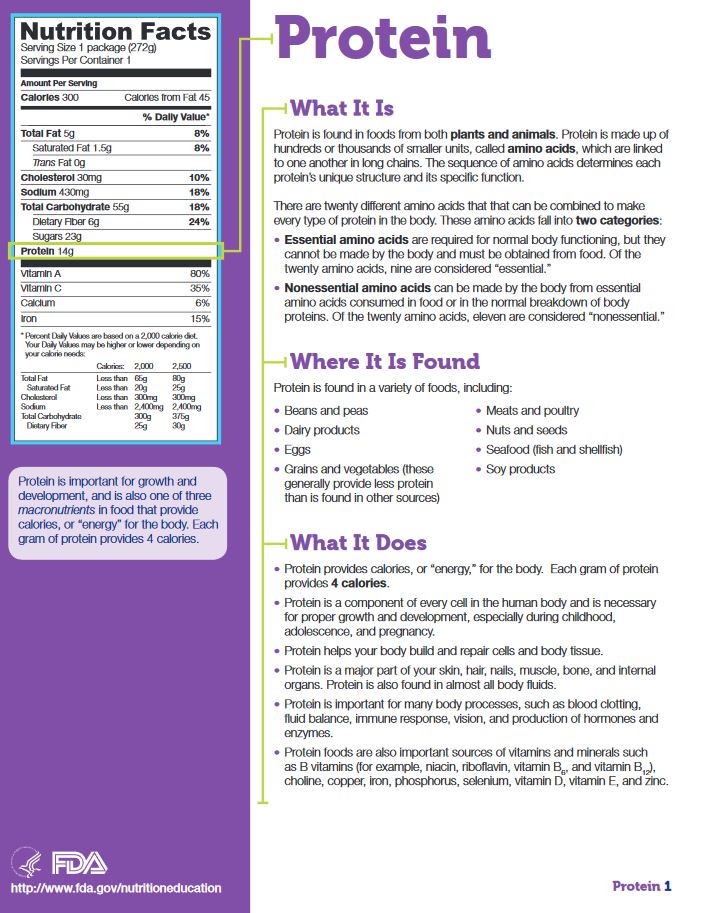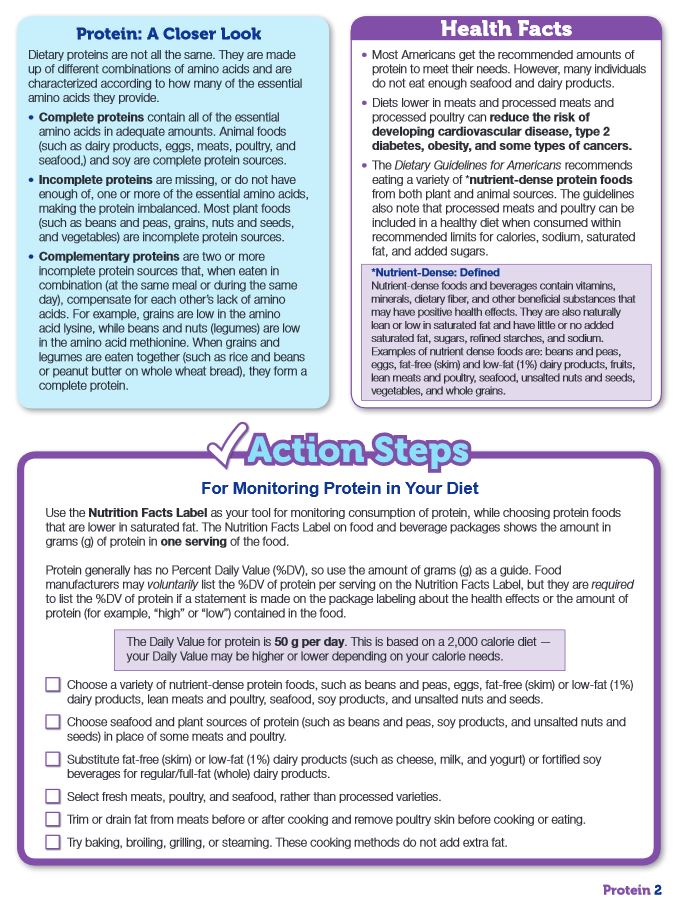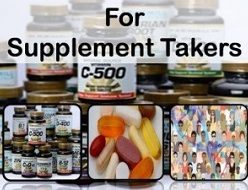

FEATURE TOPIC FROM USDA
What foods are in the Protein Foods Group?
How much food from the Protein Foods Group is needed daily?
The amount of food from the Protein Foods Group you need to eat depends on age, sex, and level of physical activity. Most Americans eat enough food from this group, but need to make leaner and more varied selections of these foods. Recommended daily amounts are shown in the table below.
Note: Click on the top row to expand the table. If you are on a mobile device, you may need to turn your phone to see the full table.
| Daily protein foods table | ||
|---|---|---|
| Daily recommendation* | ||
| Children | 2-3 years old 4-8 years old |
2 ounce equivalents 4 ounce equivalents |
| Girls | 9-13 years old 14-18 years old |
5 ounce equivalents 5 ounce equivalents |
| Boys | 9-13 years old 14-18 years old |
5 ounce equivalents 6 ½ ounce equivalents |
| Women | 19-30 years old 31-50 years old 51+ years old |
5 ½ ounce equivalents 5 ounce equivalents 5 ounce equivalents |
| Men |
19-30 years old
31-50 years old
51+ years old
|
6 ½ ounce equivalents 6 ounce equivalents 5 ½ ounce equivalents |
*These amounts are appropriate for individuals who get less than 30 minutes per day of moderate physical activity, beyond normal daily activities. Those who are more physically active may be able to consume more while staying within calorie needs.
What counts as an ounce-equivalent in the Protein Foods Group?
This table below lists specific amounts that count as 1 ounce-equivalent in the Protein Foods Group towards your daily recommended intake.
Note: Click on the top row to expand the table. If you are on a mobile device, you may need to turn your phone to see the full table.
| ounce-equivalent of protein foods table | ||
|---|---|---|
| Amount that counts as 1 ounce-equivalent in the Protein Foods Group | Common portions and ounce-equivalents | |
| Meats | 1 ounce cooked lean beef
1 ounce cooked lean pork or ham |
1 small steak (eye of round, filet) = 3 ½ to 4 ounce-equivalents
1 small lean hamburger = 2 to 3 ounce-equivalents |
| Poultry | 1 ounce cooked chicken or turkey, without skin
1 sandwich slice of turkey (4 ½” x 2 ½” x 1/8″) |
1 small chicken breast half = 3 ounce-equivalents
½ Cornish game hen = 4 ounce-equivalents |
| Seafood | 1 ounce cooked fish or shell fish | 1 can of tuna, drained = 3 to 4 ounce-equivalents 1 salmon steak = 4 to 6 ounce-equivalents 1 small trout = 3 ounce-equivalents |
| Eggs | 1 egg | 3 egg whites = 2 ounce-equivalents 3 egg yolks = 1 ounce-equivalent |
| Nuts and seeds | ½ ounce of nuts (12 almonds, 24 pistachios, 7 walnut halves) ½ ounce of seeds (pumpkin, sunflower, or squash seeds, hulled, roasted) 1 Tablespoon of peanut butter or almond butter |
1 ounce of nuts or seeds = 2 ounce-equivalents |
| Beans and peas | ¼ cup of cooked beans (such as black, kidney, pinto, or white beans)
¼ cup of cooked peas (such as chickpeas, cowpeas, lentils, or split peas) ¼ cup (about 2 ounces) of tofu |
1 cup split pea soup = 2 ounce-equivalents 1 cup lentil soup = 2 ounce-equivalents 1 cup bean soup = 2 ounce-equivalents1 soy or bean burger patty = 2 ounce-equivalents |
Source: USDA


